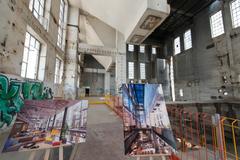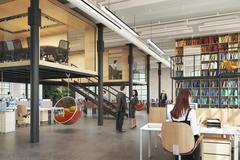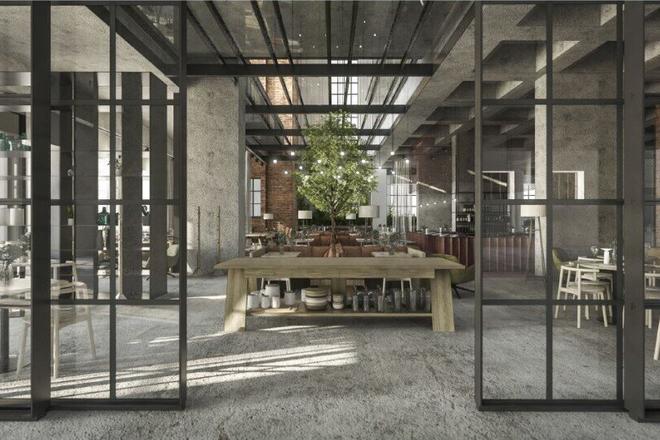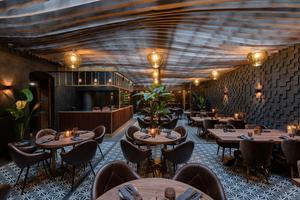Historical industrial premises are not attractive only for companies. They are appealing for operators of restaurants and cafés and similar food outlets.
“Bratislava has been changing and we want to be part of this,” said Peter Štecko, CEO of the biggest Slovak culinary group Medusa. “While in the late 1990s and at the beginning of the 21st century we wanted to be strongly presented in the very centre of Bratislava, today we are moving into exceptional historical buildings in its new downtown.”
Bratislavans are changing their eating habits at a time when restaurants in the historical city centre are not so attractive for them as they used to be. They go to them mostly in summer, but the restaurants have problems earning enough money during the top season to cover winter losses.

“This is the reason why Medusa is focusing its new projects on new developments outside the historical city centre,” said Štecko when explaining the shift in their focus. “In the upcoming decade, these new districts will be more attractive than the city centre.”
Moreover, Medusa is not able to predict how the completion of the downtown with its Sky Park, Zwirn, new bus station projects combined with a shopping mall and other things will change the shopping behaviour of people and their habits in terms of going out.

“What is visible already now is that people go out more often and eat more frequently in restaurants,” said Štecko, adding that the high number of restaurants in Bratislava is disabling them from enjoying this boom. “Simultaneously, people have changed their behaviour and instead of going to restaurants in the city centre, they visit places with new culinary concepts that have mushroomed across the city.”



 Visualisation of the Medusa restaurant in the historical Jurkovič heating plant. (source: Courtesy of Medusa)
Visualisation of the Medusa restaurant in the historical Jurkovič heating plant. (source: Courtesy of Medusa)


